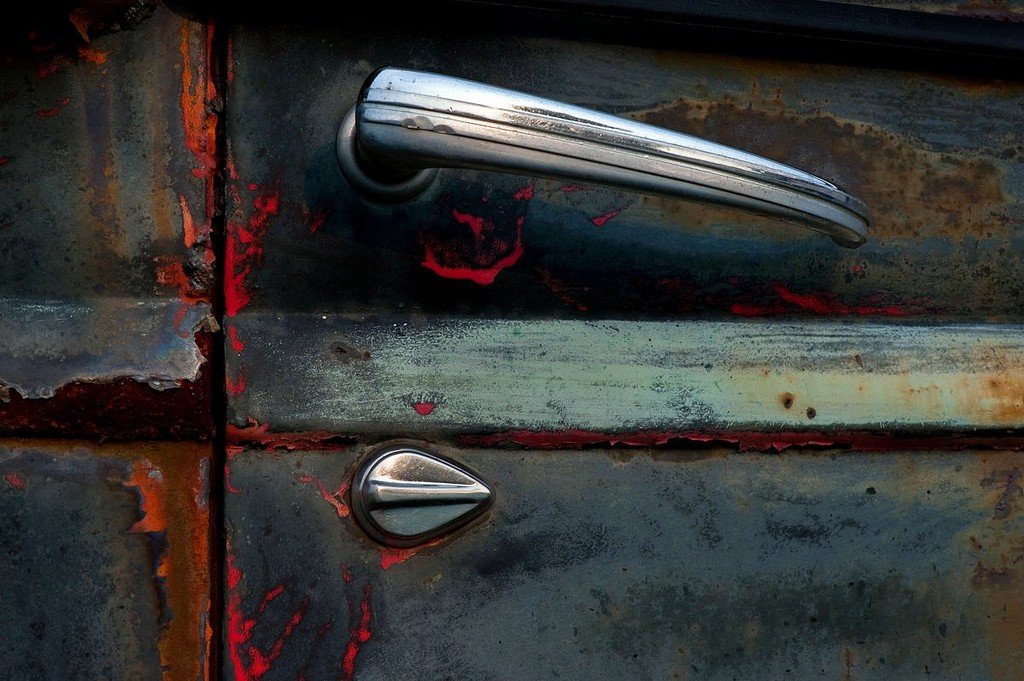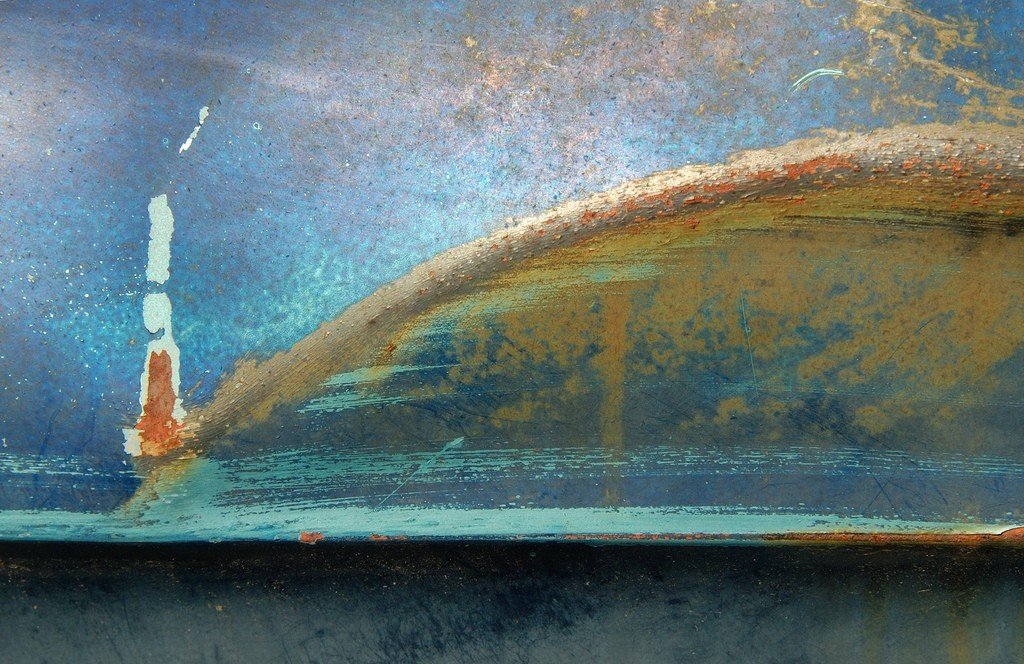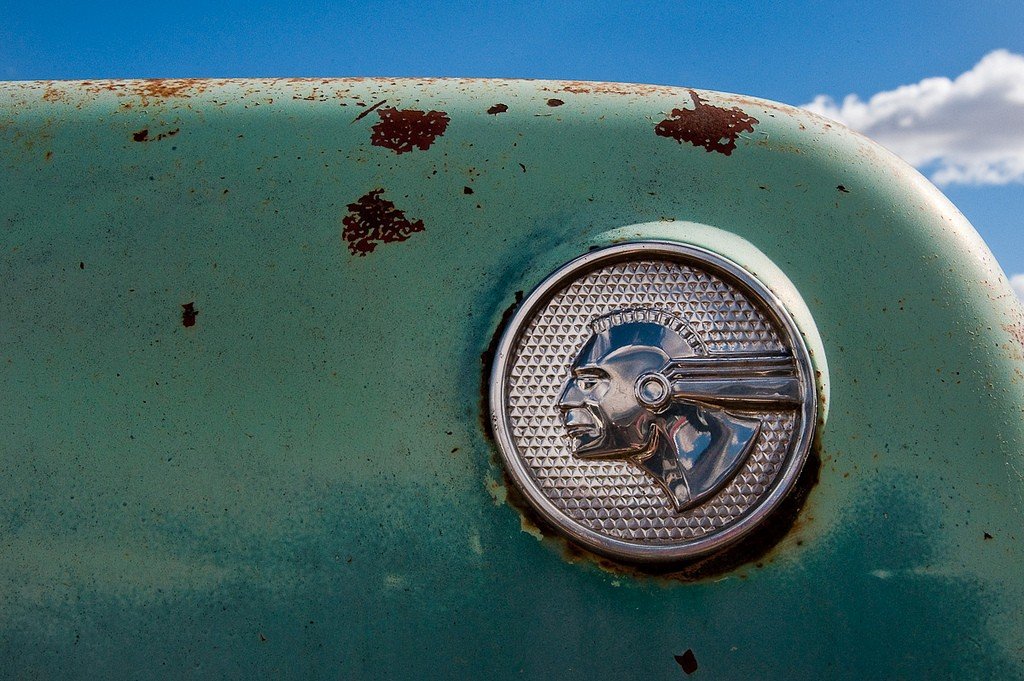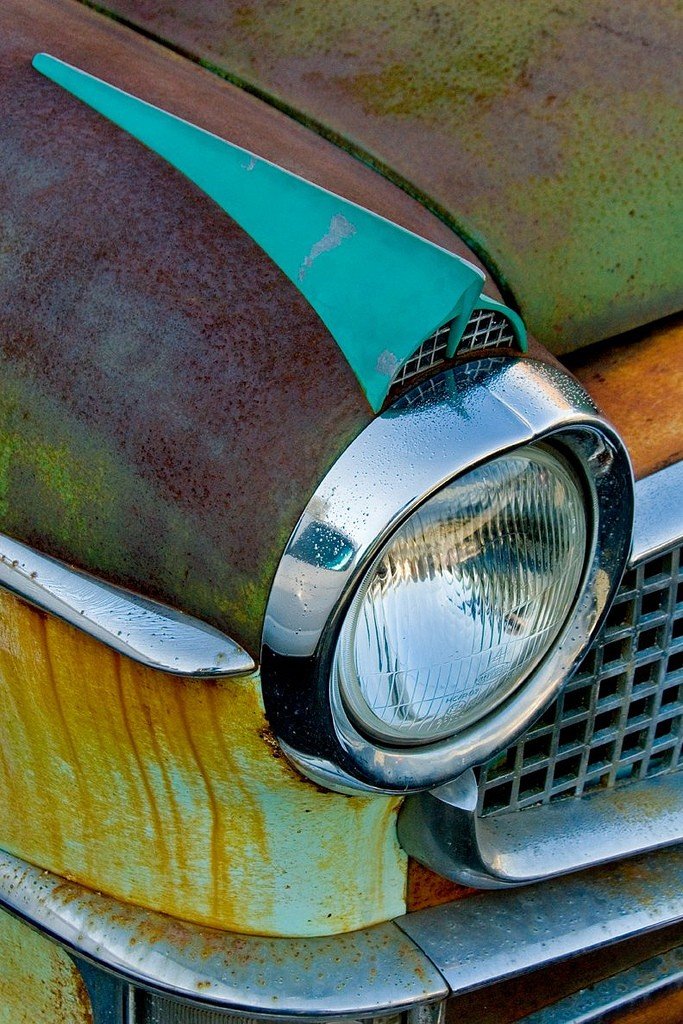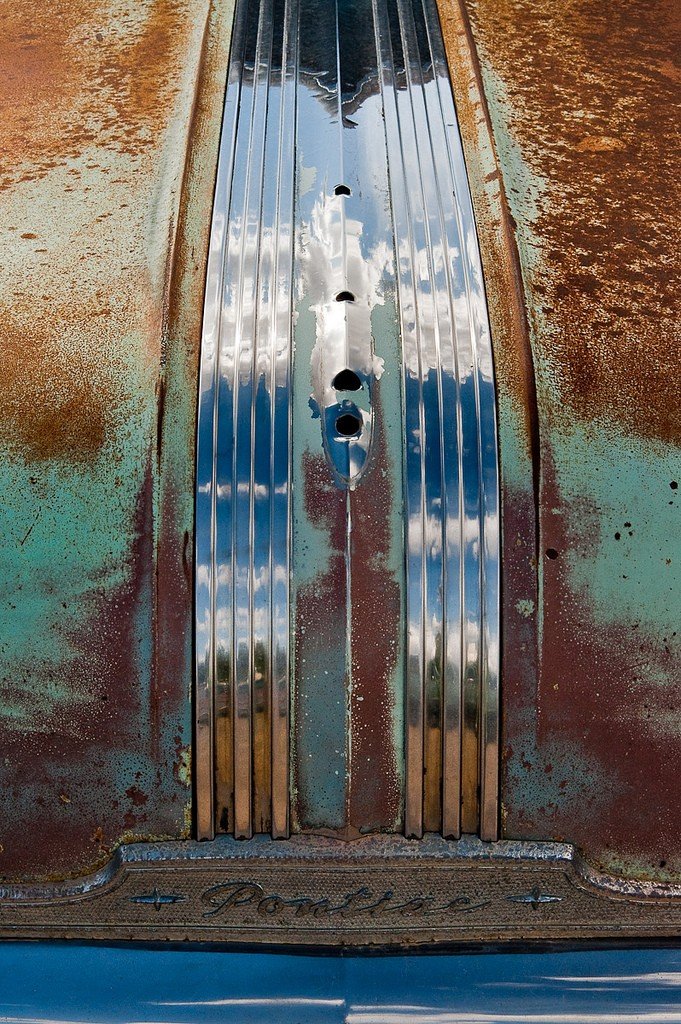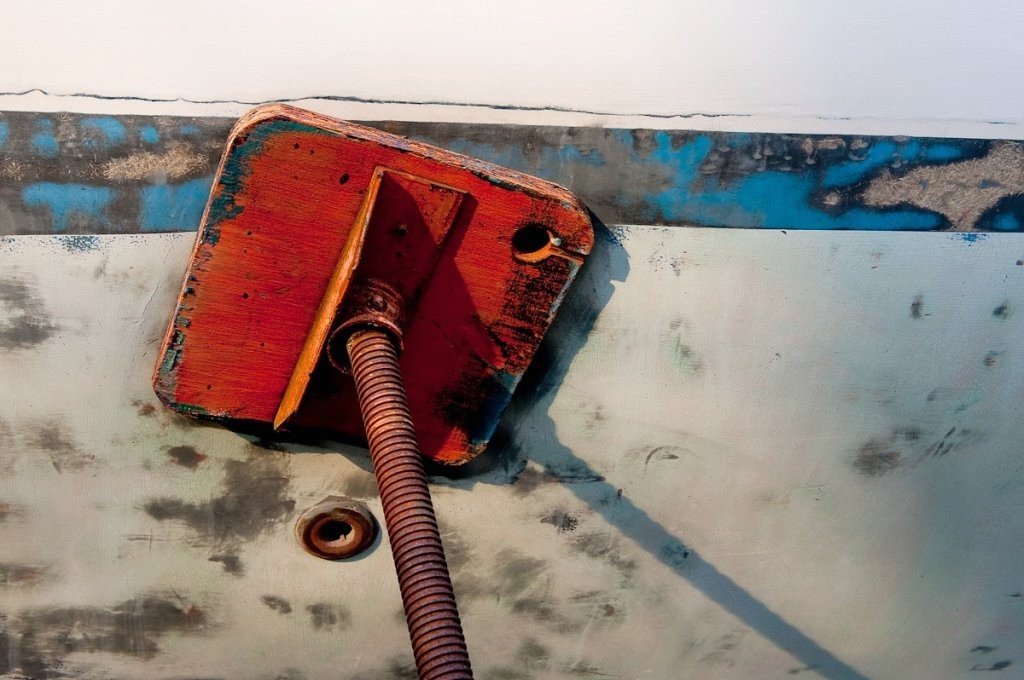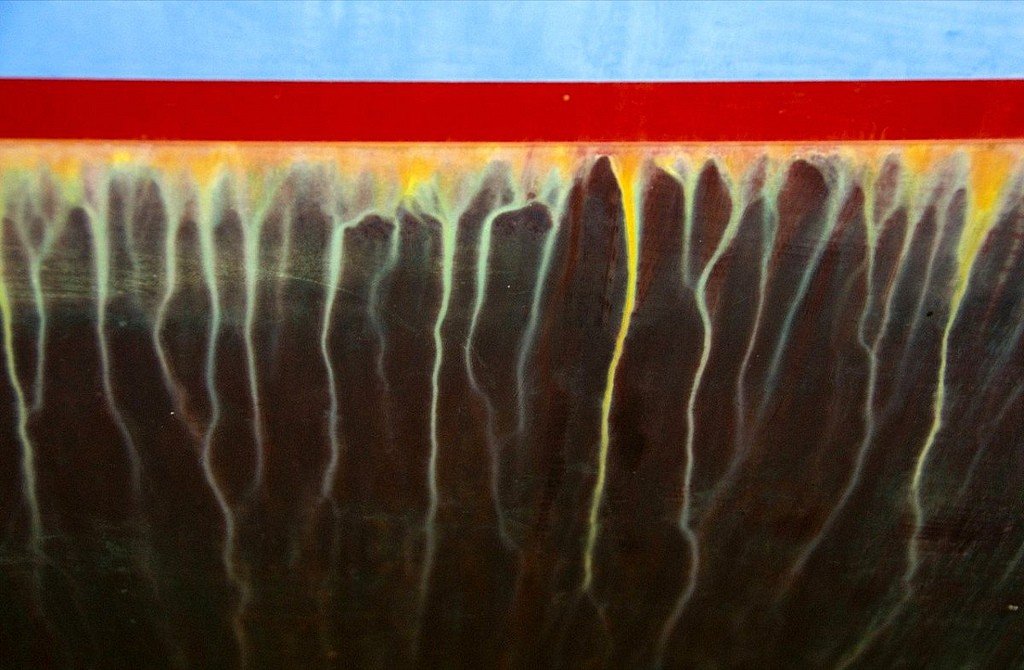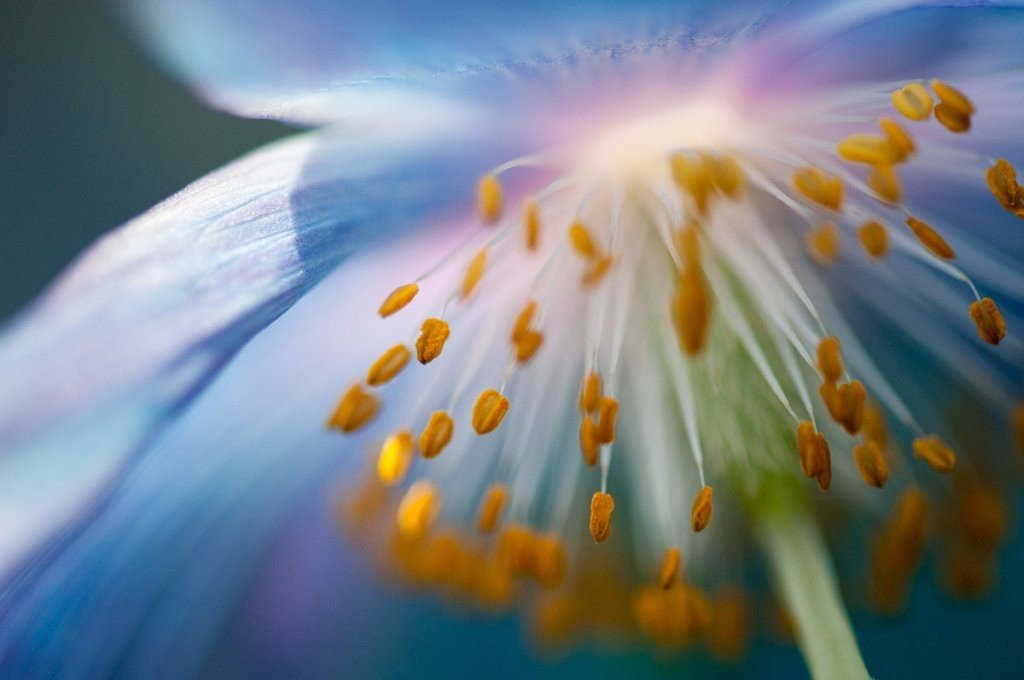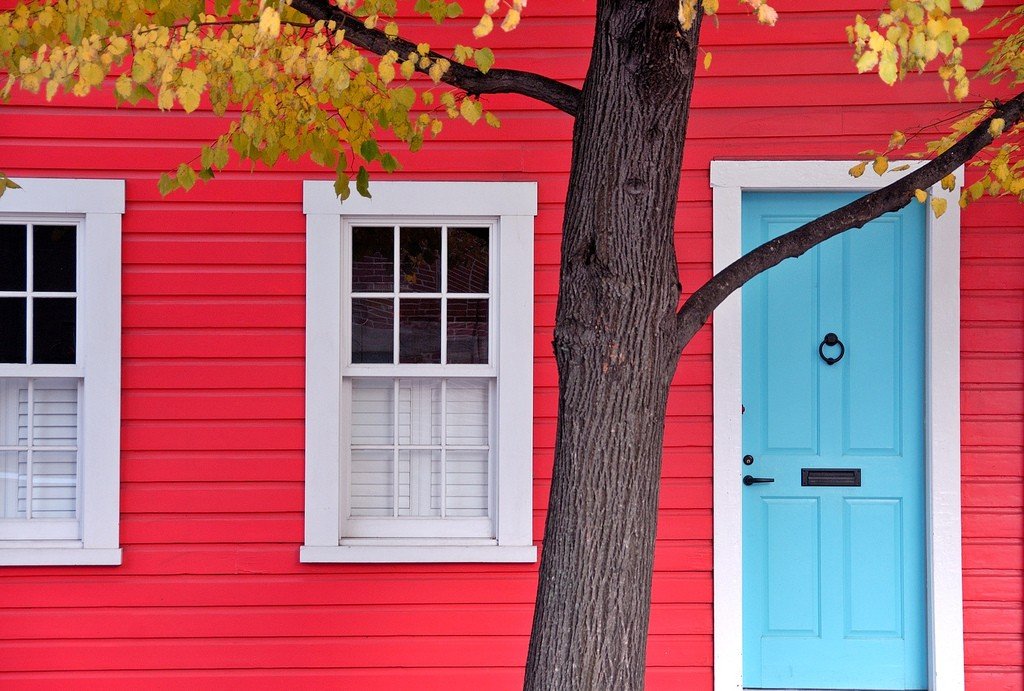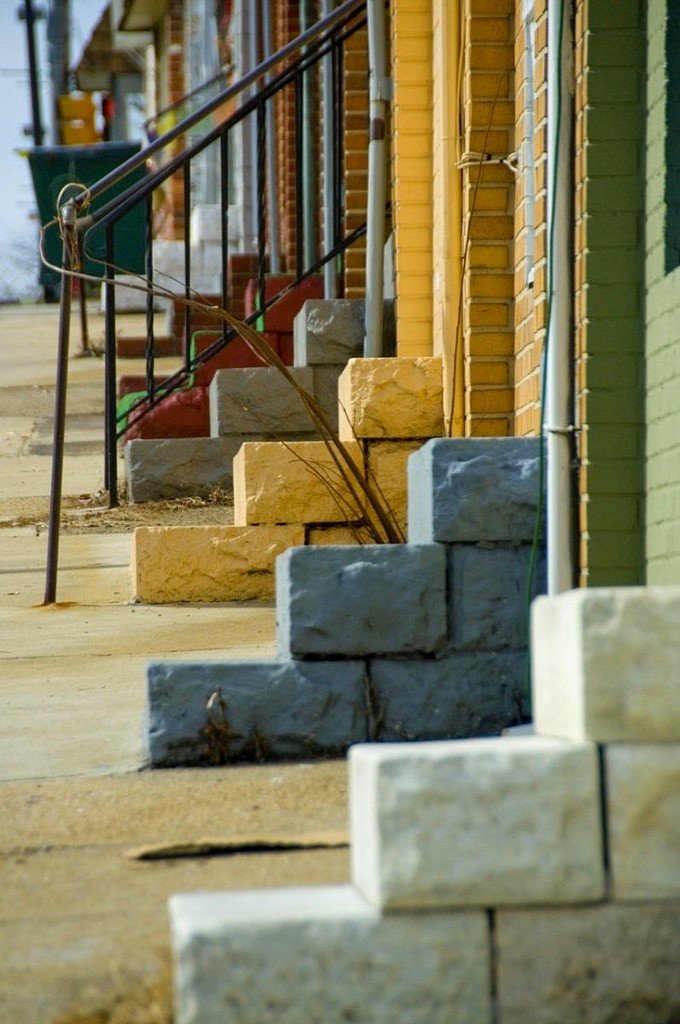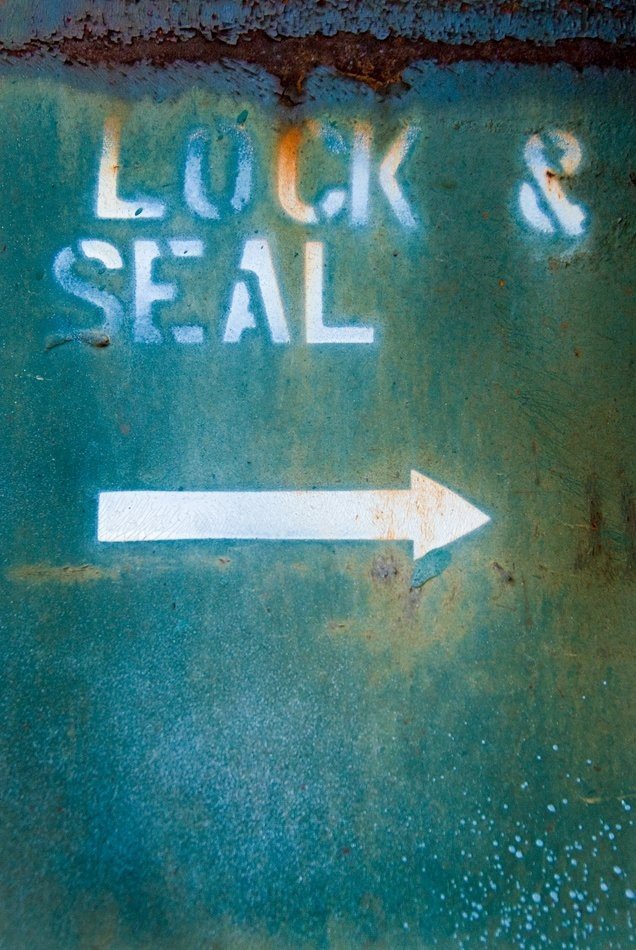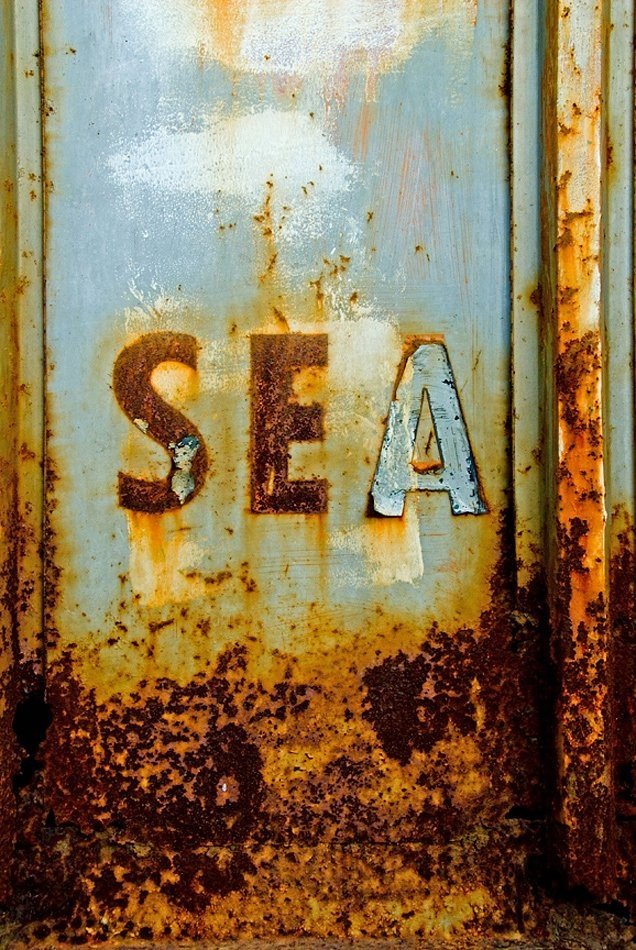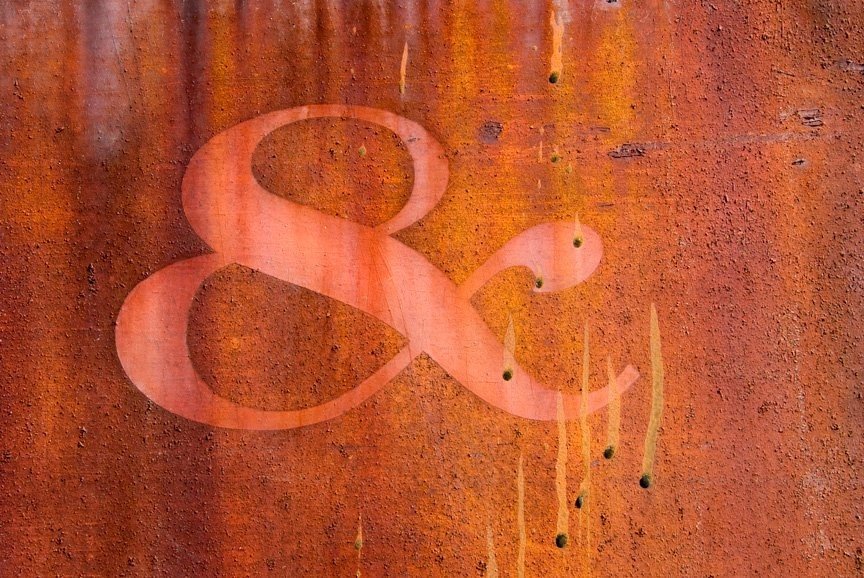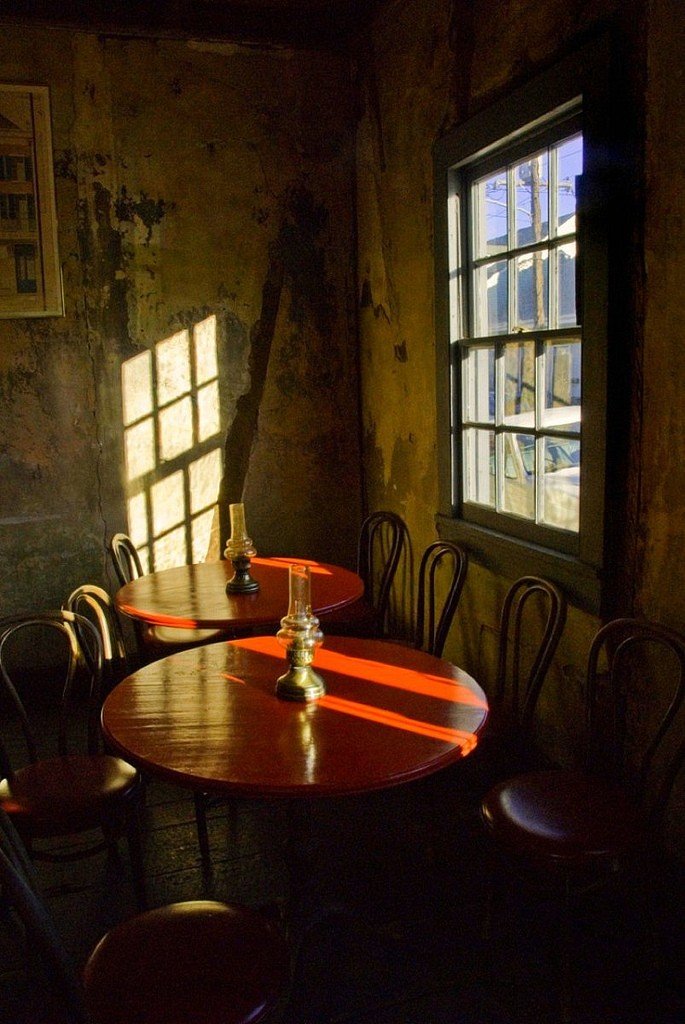Since the spark of her childhood, Janet Little Jeffers has had a keen eye for finding the spectacular spectacles in what we might find mundane. Behind the lens of her faithful camera, she’s been to able capture the surreal, the unimaginable and the unlikely. Her work has discovered the comparisons between man-made objects and the moving beauty of nature. She’s caught our hearts with her impressive photography and has caught our minds as she stopped by our little space here at GBlog to have a chat with us.
GBlog: You managed to turn something ordinary into extraordinary with the Junkyard photos. How were you able to capture these intricate details and turn them into art?
Janet: When I come across a promising subject, I get up close and examine it from all angles. I crawl on the ground, climb up on things, lie on the ground — I have to be willing to get dirty. I use a macro lens and look for interesting details, patterns, textures, and colors. Once I find something interesting, I keep moving closer and closer, pushing out surrounding elements that give visual cues as to the scale and location of the subject. Usually, the closer I get, the more abstract the resulting image.
It’s a process of exploration — it’s not unusual for me to shoot dozens of frames of one particular subject. I like to capture lots of options when I’m out in the field and then look more closely later on, when I’m back in the studio at my computer.
GBlog: Is there anything in nature that reminds you of a man made item you see everyday?
Janet: In my images, I frequently find the lines blurring between nature and manmade subjects. For instance, there are two images hanging side by side in my studio — one is a detail of the edge of a colorful geothermal pool in Yellowstone National Park, and the other is a close-up of a rusted, burnt-out car hood in a junkyard. Even though the two photos were taken thousands of miles and many months apart, the images are surprisingly similar — there are layers of color curving across each image: blue, yellow, orange, white. The subjects couldn’t be more different — one is a protected natural treasure, while the other would be considered an eyesore. But when you think about it, the similarity in imagery makes a kind of sense — they’re both the product of chemical reactions, a completely natural process.
In other images, I’ve seen similarities between peeling paint and the patterns in dried mud flats, chrome that can be mistaken for water, stone for rust. I find it endlessly fascinating, and a constant reminder that nature is the ultimate power in our world.
GBlog: What type of camera do you use?
Janet: I currently use a Nikon D700, and I’m looking forward to stepping up to the D800 this year.
GBlog: It’s amazing how you’re able to find the surrealism in ordinary objects. Where did your style of photography originally stem from?
I’m a self-taught photographer, and my style has evolved through years of exploration and trial and error. I remember many years ago showing some of my work to a gallery owner for the first time. He gravitated to one particular image that was probably the most surreal, least straightforward of the bunch. It was a landscape of sorts, but it consisted of a reflection in a pond and a canopy of tree leaves framed in a way that was a bit disorienting — there was a strip of sky in the middle of the image and the viewer didn’t necessarily know which way was up. He told me, “There’s something going on there — this is a good direction for you to keep exploring.” In retrospect, I can now see what he saw. A lot of my other work at the time was more predictable — flowers, landscapes, stuff that every beginning photographer shoots. But that particular image took him by surprise. I think a lot of my later work follows that example.
My style is heavily influenced by my background in graphic design. I am always aware of composition and I often integrate “rules” of design into my images without even thinking, they’re so ingrained in me. I love the simplicity of graphic images — strong lines, positive and negative space, balance, powerful color combinations — all of these things inform my work.
GBlog: What is your favorite flower?
Janet: Ooh, that’s tough. I like them all, for different reasons. My mom and dad loved flowers and gardening, so I got my appreciation for plants from them. Photographically speaking? I am drawn to exotic plants. I love flowers and plants that have a sculptural or architectural quality to them. Orchids are not only beautiful but structurally interesting and challenging to photograph. Plus they smell wonderful. Passionflowers are so fascinating and intricate — like little alien flowers. Then there are flowers that are more common in my area, like tulips and roses, that are so frequently photographed that they are difficult to do without lapsing into cliche images. But I enjoy those too because each flower has its own distinct quality that begs to be captured in a way that no one has shown before.
GBlog: Is there anything specific about the mysteries of nature that inspire your art?
Janet: I’ve always been attracted to patterns and colors, which are abundant in nature. I also enjoy being outdoors — working outside keeps me energized and connected to nature. While I am moved by a grand sweeping landscape as much as the next person, I am most inspired when I focus my attention on the more intimate details. I’m drawn to the bits you don’t see unless you slow down and take in a scene fully, piece by piece. I want to find details no one else seems to see, the things people hurry past on their way to the next scenic overlook. It makes me feel like I’ve discovered a secret.



